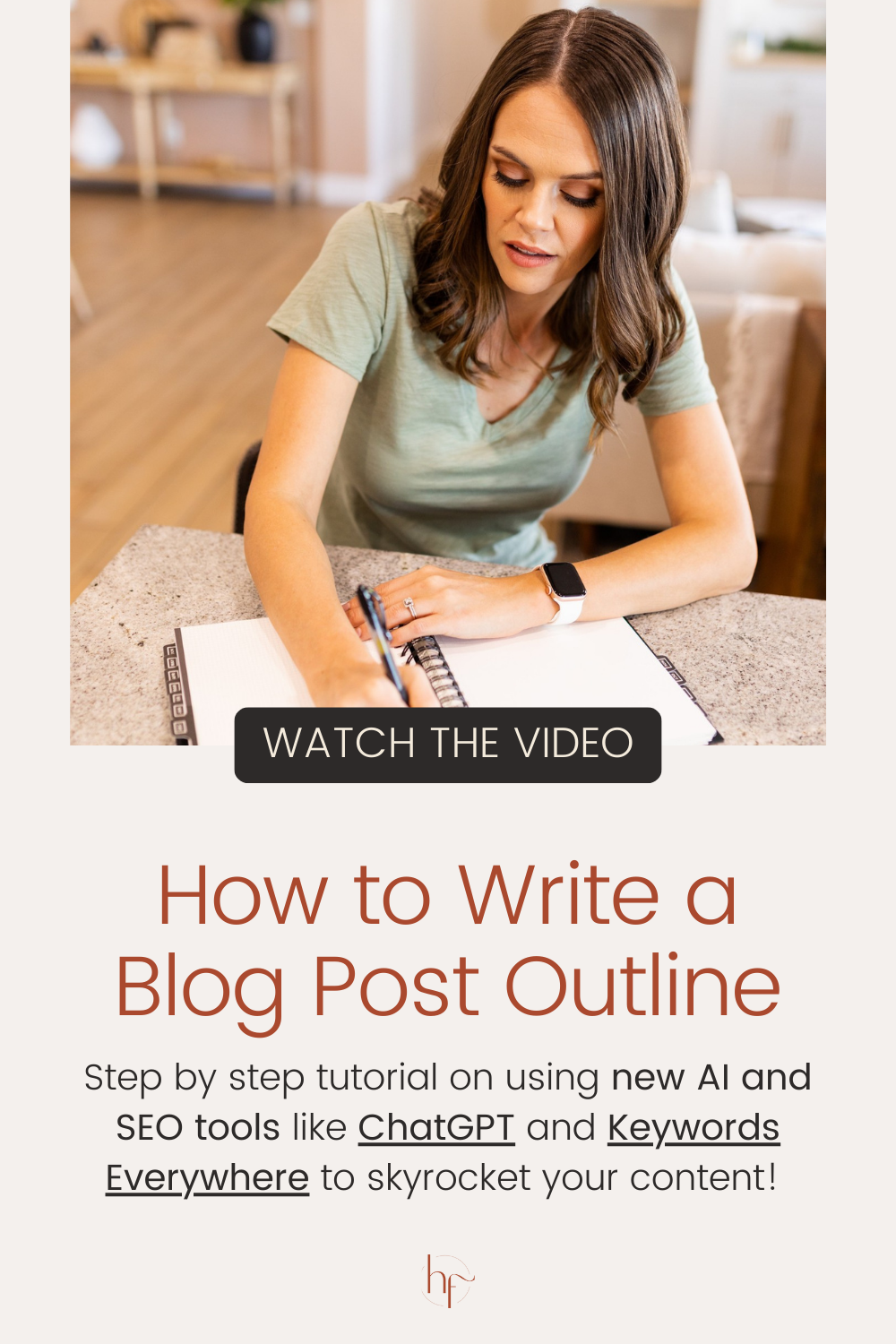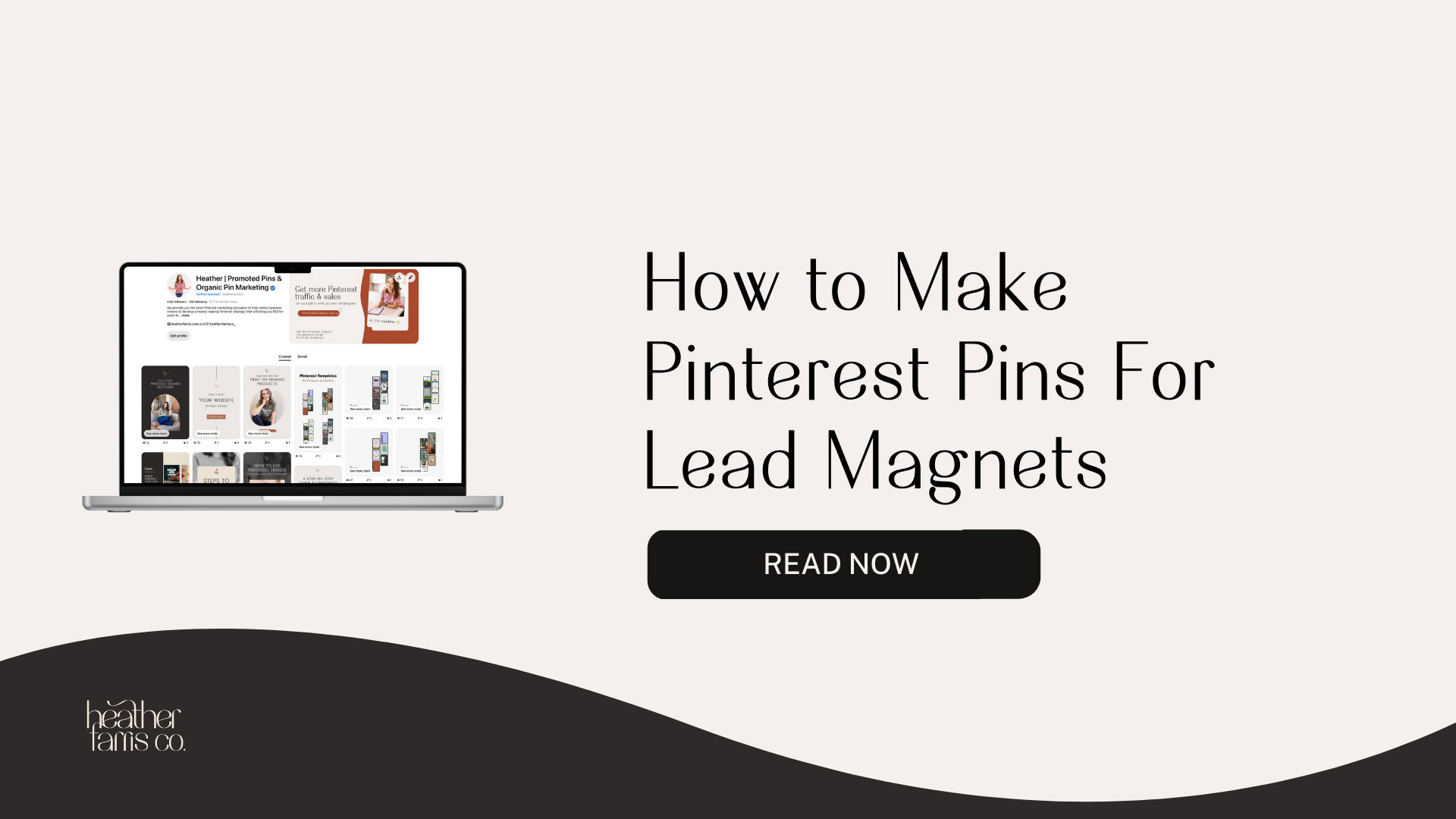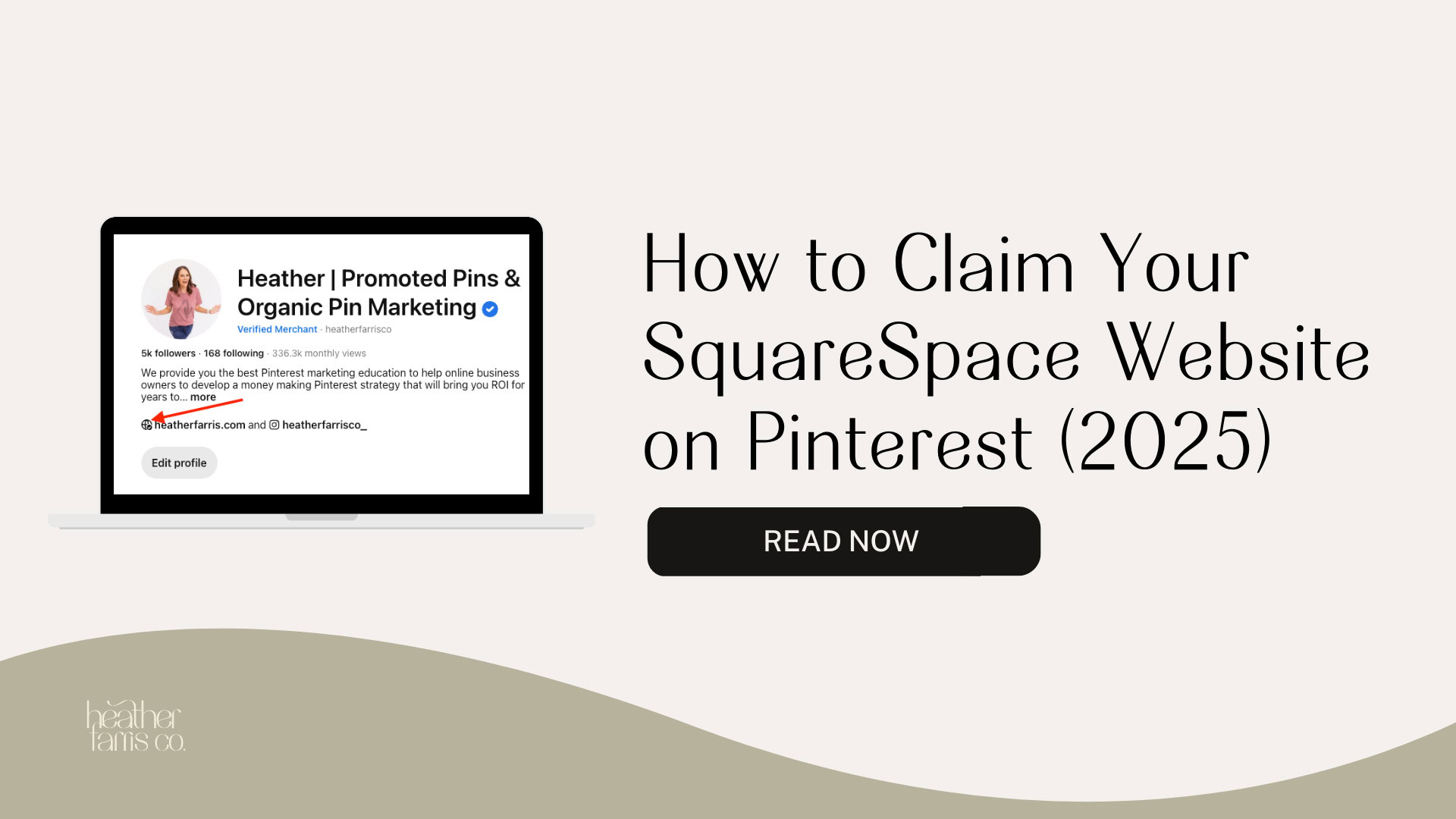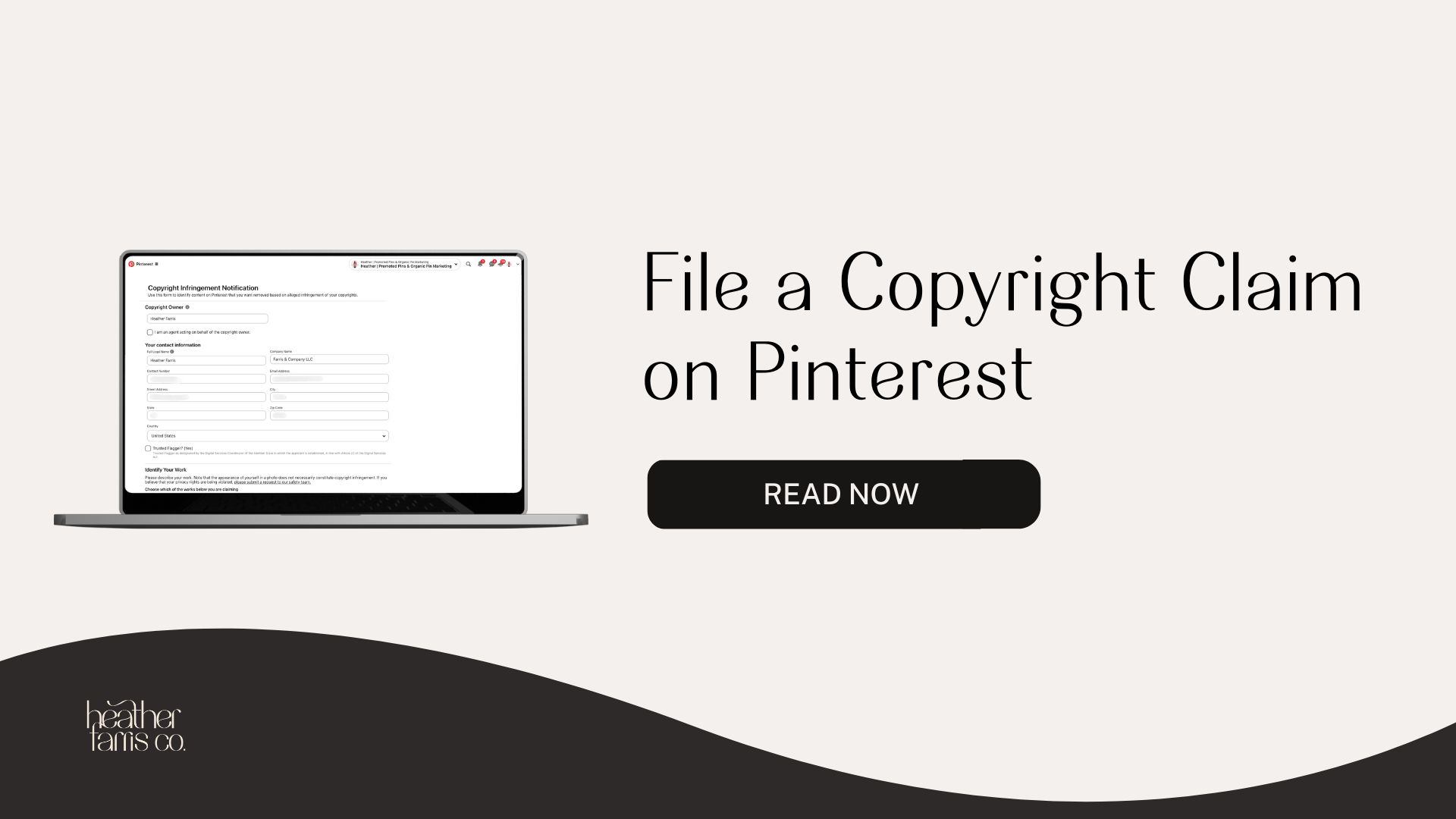Heather is a seasoned
Pinterest marketing expert & verified Pinterest educator using the platform since you could reach the bottom of the feed - 2010.
About Heather Farris >
How to Write a Blog Post Outline With ChatGPT and Keywords Everywhere
August 15, 2023
You want to know how to write a blog post outline that ranks on Google? Not on the 26th page of Google results, but on page 1. Today, I will walk you through the process I use to outline my blog content and my YouTube videos using Keywords Everywhere and ChatGPT. This has proven successful in keeping things SEO optimized and saved me time and headache with my content strategy. It will for you too.
How to write a blog post outline with ChatGPT and Keywords Everywhere
Everyone and their mom has been talking about ChatGPT lately. It will speed up your content creation process, but you should never directly copy and paste what’s given to you from ChatGPT onto your website or social media channels.
It won’t help you make $4 million in four hours, as some gurus claim. However, we can use these tools to speed up our workflows and make ourselves more efficient. The goal of this post is to help you become more efficient at outlining and writing your blog content.
How do you create a content outline?
These are the steps:
- Determine your topic
- Have an end goal for your reader
- Primary research
- Google questions research
- Keyword research
- Gap comparison
Not to sound like your grandma here, but this will take a little hard work from you. Put a little elbow grease into it. Use your brain. We will be doing both of those things and using these tools to speed up our process to create killer content you can put on YouTube or your website.
RELATED: How to Use ChatGPT in Your Pinterest Marketing Strategy (+ChatGPT Prompts for Pinterest)
Step #1. Determine your topic
Step one to accomplishing a killer outline is determining your topic. What do you want to write about? What do your readers need to know about it? In today’s example, I will walk you through a specific topic I’ve written about.
I rank on page one of Google for this on my travel blog, and that topic is “How to flat tow a Jeep behind an RV.” I’ve written about this topic. I have hundreds of thousands of views on a YouTube video on this topic.
RELATED: 7 Ways to Generate Content Ideas Even When You’re Not Feeling Creative
Step #2. Determine the end goal for your reader
The next step with how to write a blog post outline is determining your end goal for that reader or viewer. What do we want them to do at the end? That way, we know how to take them on a journey with us. It’s not a one-off peep show since we want them to return.
So, what is your end goal with the blog post you’re writing? In my case, I may want to have them join my email list. I might want them to buy a low-cost product from me, maybe an ebook or digital product.
On my travel blog, I offer an RV travel checklist for travel days, which includes some details about safely hooking up your Jeep to your RV. So that would probably be my call to action and the end goal for the person viewing the video or reading the blog post.
What is that going to be for you? Once you have that end goal, now to start outlining your blog post for that topic and goal.
RELATED: 5 Types of Content Creation You Need to Generate More Sales
Step #3. Start with original research
The first thing we want to do is start with original research. What is original research? Original research is what comes from you and your brain.
- What is your audience asking you?
- What are your paid clients asking you?
- What are people telling you in your community and comment sections that they want to know more about?
- What questions are you answering, and what answers are you giving them?
That’s all original research. Original research is original to you and your audience , not what Google is telling you.
So I want to start by doing original research first. This might be original thoughts or something you want to cover in your content.
With my topic example, for those of you who are unaware, we used to live and travel in an RV for a year. We flat-towed a Jeep behind an RV. It was a manual transmission, so it was a little bit trickier. When we had to figure out how to do this ourselves, I couldn’t find much help online.
So I created that blog post to help others and it still ranks number one today because of this process I’m teaching you. I was my own audience and it still works well for readers today.
Step #4. Check Google to see what questions people are asking
Step four is going to Google and seeing what other questions people might be asking to include in your blog post to rank on page one of Google. We will input our main search term or what we think our main search term will be. And for me, that is pretty simple: How to flat tow a Jeep behind an RV?
What we’re looking for here is the ‘People Also Ask’ questions that will show up. I like to have a few main keywords that I will use, and I use those keywords to look at the People Also Ask questions.
You won’t just look at the People Also Ask questions on one search. It will be on four or five different searches because you want to include a multitude of keywords that you can potentially rank for on Google. So when we’re looking at this, we will look right here at the top of the People Also Ask.
Here’s a quick little hack: if you open these up a couple of times, it will add some more questions at the bottom. Copy and paste the questions that come up after multiple searches to have handy because you’ll return to them later for your outline .
RELATED: Pinterest SEO: What Are Your Customers Searching For on Pinterest?
Step #5. Keyword research
The next step is your keyword research phase. You have the People Also Ask questions. Those are considered keywords, believe it or not. We’re now going to open up ChatGPT. You need to have Keywords Everywhere also. The free version is fine for this part of my example. You will need a paid subscription to Keywords Everywhere if you want to use that tool for your keyword research only on Google.
ChatGPT keywords everywhere template
Inside of ChatGPT, when you click ‘Templates’ on the bottom left of the page, once your Keywords Everywhere extension is on, this little Keywords Everywhere ChatGPT Prompt Template will pop up. You may need to refresh your screen to get its pop-up.
Then you will go to SEO as your category, your subcategory will be ‘Keyword Research’. If you don’t know where to start, you should start with the ‘Keyword Strategy’ template.
You don’t need 500 keywords; start with a low number like 25. And then, put in the topic you know you want the information on, into the ‘Seed Keyword’ box. Hit ‘Execute Template’ and this will generate different topics you can write out, the keywords you should use, as well as a description and a title.
RELATED: 6 Places to Use Keywords to Optimize Your Pinterest Profile
Related keyword generator
Once you know the main topic keywords for your content, now jump right into using the ‘Related Keyword Generator’. Start small and build on the results you get. That way, You’re not overwhelmed with information.
Put in your main topic again and it will give you 15 keywords with their search intent. If you have results that are listed with ‘Commercial’ intent, that means someone will be looking to purchase a product for that keyword. And if you have an affiliate link, you should use that keyword with your affiliate link for that particular intent.
This is now a solid place to start. Hang onto those results because we’ll use them to build into your blog post outline. These are additional topics you can cover in your full blog post, even though they’re not the primary keywords in your main topic.
RELATED: How to Use Pinterest for Affiliate Marketing
Long-tail keywords into an draft outline
Go back into the templates, and now select ‘Long-tail Keywords’. Paste in your same topic like before, and execute. Keep your favorite top 5 or so long-tail keywords that came up, and now combine those into a draft outline with the questions people asked from your Google research earlier.
Filter through the long-tail keywords and questions people ask to create a draft outline. Sort through how you could lay them out into teaching whatever your topic is, or how they may relate to each other and can be combined in major/minor sections.
Step #6. Compare to see if there are any gaps
Now you’re going to go back to ChatGPT, and the ‘Templates’ like before. You can have ChatGPT and Keywords Everywhere generate an outline for you so you can compare the two and see if there are any gaps in your outline topics strategy.
Go to ‘Copywriting’, the subcategory will be ‘Blog Writing’, and then your category will be ‘Generate a blog post outline’. Take your main keyword, and tell it you want about 12 headings, give or take give or take.
In the video tutorial above on how to write a blog post outline, you’ll see it generated quite a great outline for me with my Jeep towing blog topic. The result was actually really close to my original blog post. With yours, go back in and start adjusting your outline framework and seeing what gaps you can fill in.
You certainly don’t have to incorporate everything that is generated or that you find. For example with my Jeep towing blog, I left the part out about Legal Procedures that came up in my results because I’m not a lawyer. But the more you can, the better because you’ll rank higher for more traffic the more thoroughly you do this.
I also then went on and added my call to action. From here, what I would like to do, and what I usually do, is start by writing my hook and intro. Here’s what my outline looks like from my example.
As you begin putting your hook together, you’ll also want to start thinking through what are your supporting sources. Do you need any? Are there any internal links you wish to include from your website? You’re going to want to start gathering all of that together.
RELATED: 3 Content Management Systems You Need For Your Content Marketing Strategy
Writing Your Outline
Once you have everything together, you can start piecing it into the outline. You should start with your hook, and it should include your main keyword for Google. Our main keyword in th Jepp blog example is “Can you flat tow a Jeep Wrangler With an Automatic Transmission?” from my outline above.
It’s a full question. People type this into Google, which is precisely what I want to rank for. It’s going to end up being my title as well. The main points (2, 3, 4, 5, 6 from the outline above) all become H2 headings, and the others will be your topics within those sections (could be H3s, bolded points, etc.).
And at the very end, include your Call To Action. What do you want them to do? Do you want them to watch a video? Make sure you embed it. Do you want them to join your email list? Make sure you have a way to do that. Do you want to sell them a product? Make sure you tell them where to go and get it.
RELATED: How to Create Your First Lead Magnet
Resources to Include
In my final blog post on my website, I always include the YouTube video at the top, and then I start right into the content. When I mention certain products I link to them with my affiliate links there, like the tow bar and the braking system.
Then I answered all of the Google questions that people were asking, including additional questions from comments that I added later. We ended up making a second video with a Q&A because we had so many questions along the way.
That’s my process of outlining a killer piece of content that will rank on page one from start to finish. I don’t care about copying, pasting, or plagiarizing content outlines from ChatGPT here. I care about the functional skills that you can use and get traffic. To do that, you must be intentional with creating your content like with outlines here.
RELATED: 3 Content Management Systems You Need For Your Content Marketing Strategy
Putting my final blog post together
My overall process for how to write a blog post outline, I film my YouTube video first. I even do the same outline process I’ve just explained for my videos too. I do all my keyword research for my video first, and all the Questions People Ask, then jump right into the outline like a blog. Then I link screenshots of things in my Google Drive within my video.
After my video is live, if there’s anything in the final blog outline that will be different from my YouTube video, I fill all that in for the blog copy. If something isn’t filmed that I want in the blog copy, I have notes inside our content tasks for my team. I have a video editor, a content manager, and someone transcribing my videos to help put it all together.
You can still utilize this system even if you don’t have a team. If you want the content template that I worked on inside of the video tutorial above it’s free and right here. I have a content task template in there and my checklist. Then I will walk you through the exact process of customizing this template for yourself.
This is precisely how I outlined my content, and I rank on page one. I invite you to grab this template for yourself and try this out for yourself, or you can download all of my content templates for managing what I’ve shown you and more, plus with training videos here below.
ClickUp for Content Management Templates + Training Videos
These templates are designed to help you brainstorm, produce, and maintain your content systems in a way that keeps you out of the weeds and producing high quality content.
Get a beautifully made set of ClickUp templates that aren’t bare bones and actually help you to get started right away!
Can I use ChatGPT for my blog?
You can use AI tools with how to write a blog post outline, keyword research, generating ideas and more. However, unlike a lot of “experts” screaming the loudest right now because it’s the trend and they have courses to sell….
I will always be a source of truth for you so I will not lead you astray by telling you that you should copy and paste AI content. In fact, the US Copyright Office released a statement recently stating any works generated by AI are not eligible for copyright registration in the US. Now most people don’t go and file copyright on their works but this should just tell you that you’re not protected.
You may want to consult an attorney on this topic because who is to say that if you use AI generated content and someone steals it… are you even protected then? I don’t think many people know right now.
RELATED: 7 Ways to Generate Content Ideas Even When You’re Not Feeling Creative
How do I rank my blog post on Google?
The best way to rank you blog post on Google is by building your website using high value content that answers the user intent of the searcher. That means if they plug in “how to clean red nail polish out of white carpet” they don’t want to be sold red nail polish. They want to be shown tips and products that can help them remove the nail polish they already purchased. You will also want to use keywords throughout your blog post.
The more traffic you have going to your website, the higher Google will rank you as well. Traffic is gained through searches, social media, and other great places like YouTube and Pinterest. Check out Pin Profit Academy for a full suite of courses, tools, and coaching with me to double your traffic and sales without spending another minute on social media.
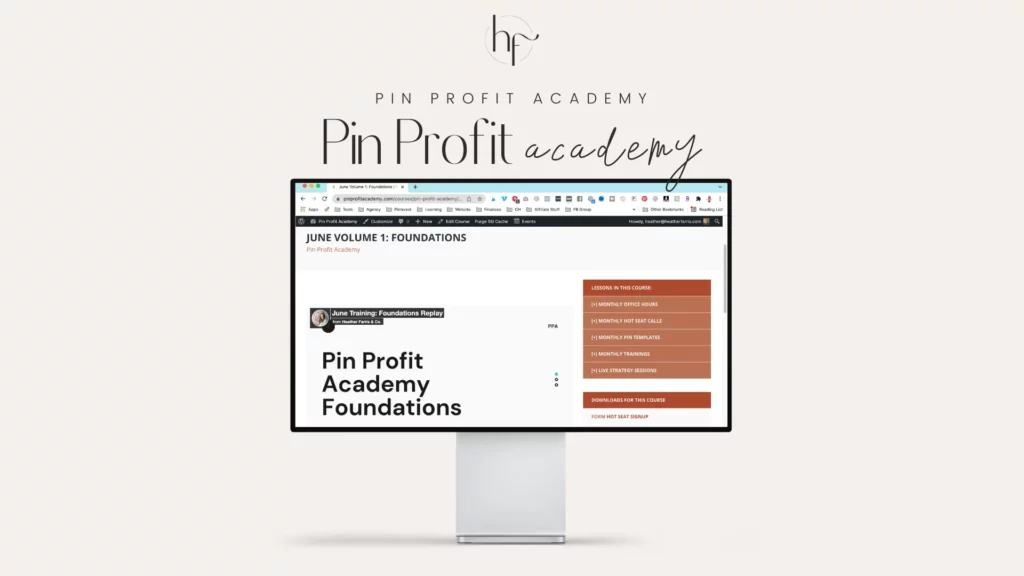
How do I structure my blog post for SEO?
The next phase of ranking on Google is by utilizing on page optimizations. This includes the visual components like your H2 headers, supporting imagery and embedded internal links. See here with my Jeep blog post for what this can look like.
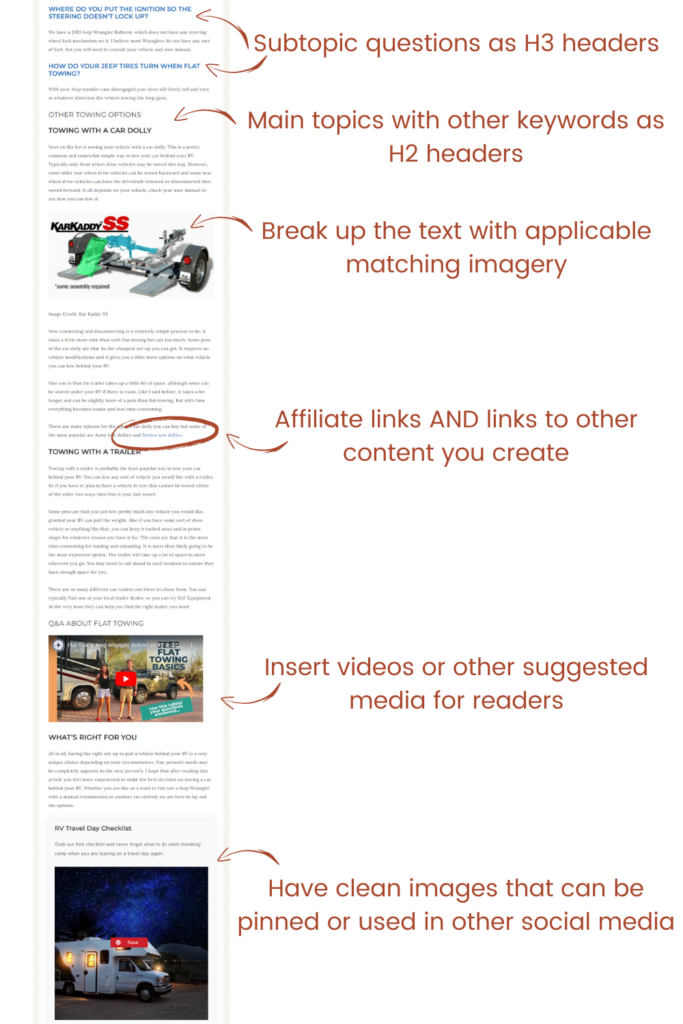
Tools for outlining blog posts
To summarize all the tools I used throughout this post:
- ChatGPT
- Keywords Everywhere
- My ClickUp content management templates
- Take it up a notch with my Google Keywords Workshop
Final thoughts on how to write a blog post outline
So now you know how to write a blog post outline with these awesome tools. I highly encourage you to do the hard work yourself. Put in the effort, outline your content, and write it yourself. You can use these tools to speed things up, but I highly encourage you to work hard and tweak to fit your voice and brand. That way, you know, you’re protected with your copyright at the end of the day. If someone steals it, you can file a claim against them.
So without further ado, I suggest you head over here and watch these content marketing videos, and I will see you there.
Pin it for later
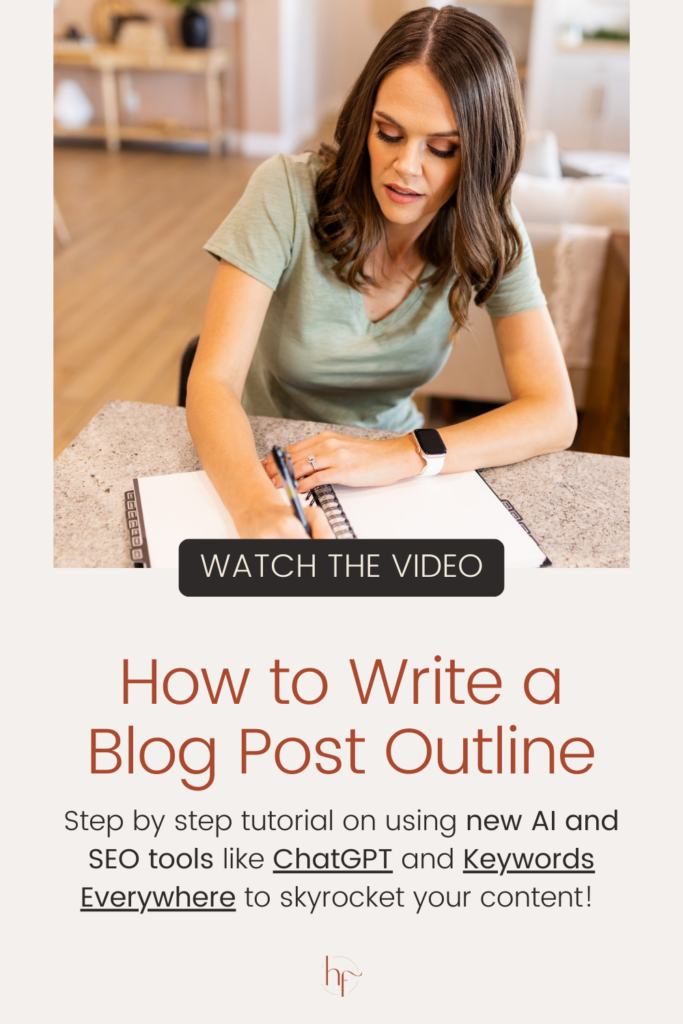
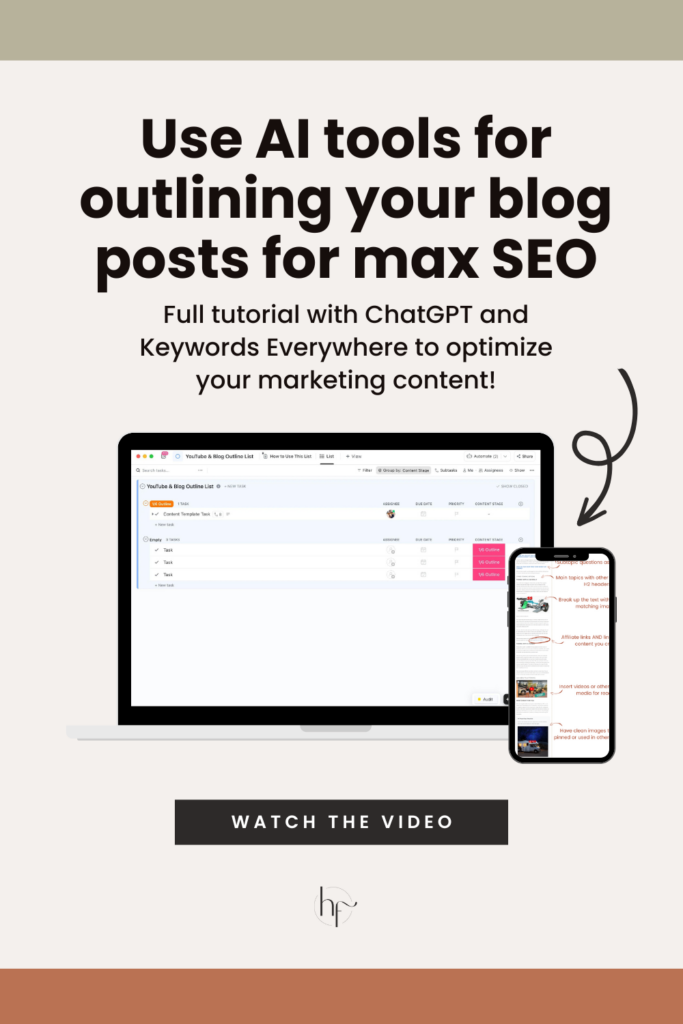
Heather Farris went to school for accounting and worked for years in banking and finance. After finding all of that entirely too boring she started her first blog in her basement in August of 2016. She has started 3 blogs in the marketing, motherhood and travel niches and used Pinterest to grow them all. She quickly became the go-to Pinterest strategist in her peer circles and has been implementing strategies, driving traffic and sales through organic and paid tactics for her clients. On this blog and her YouTube channel, as a renowned Pinterest marketing expert, she educates the public about clear and transparent marketing strategies to help them to grow on Pinterest and in other places online as a renowned Pinterest marketing expert.
